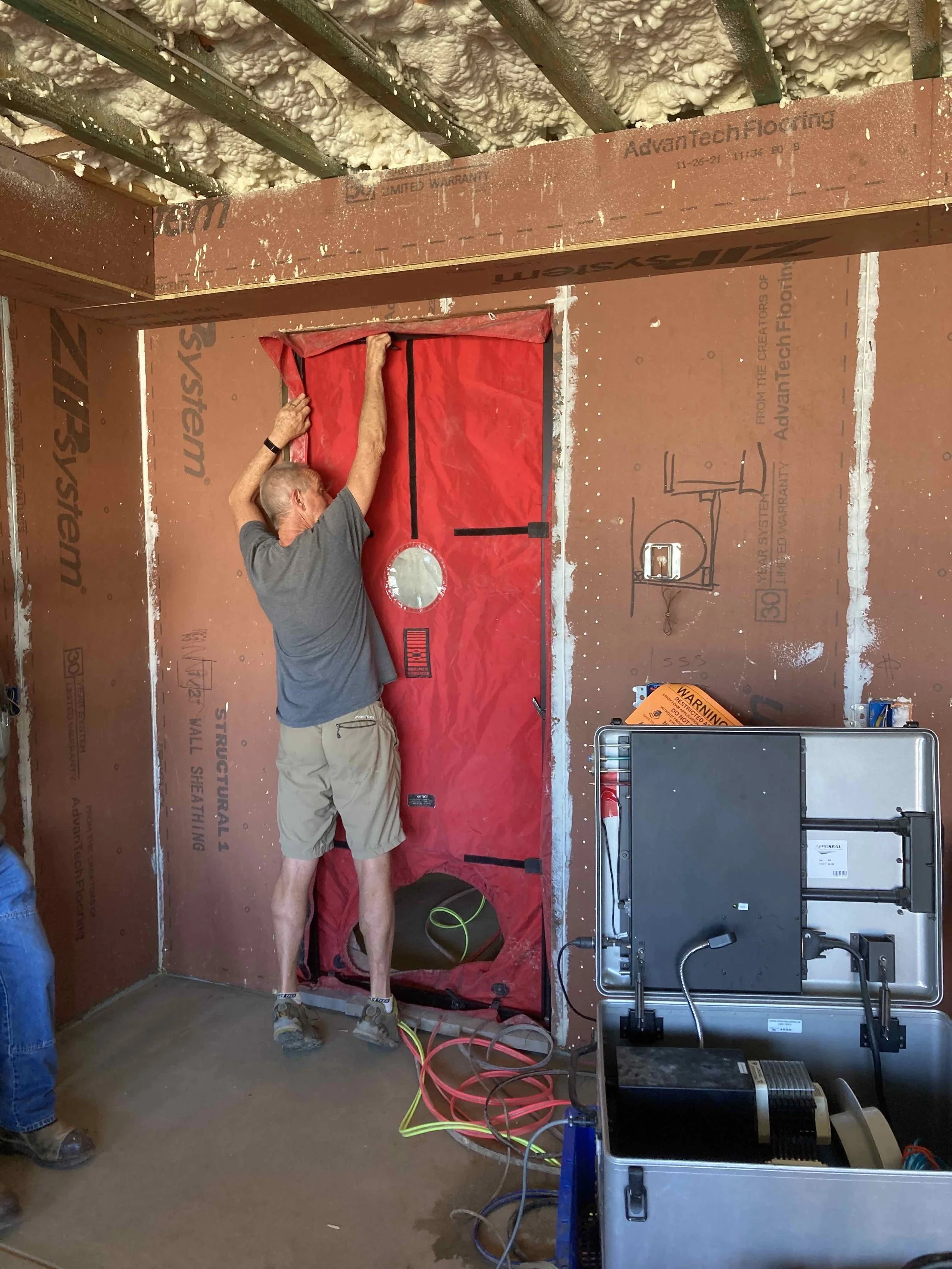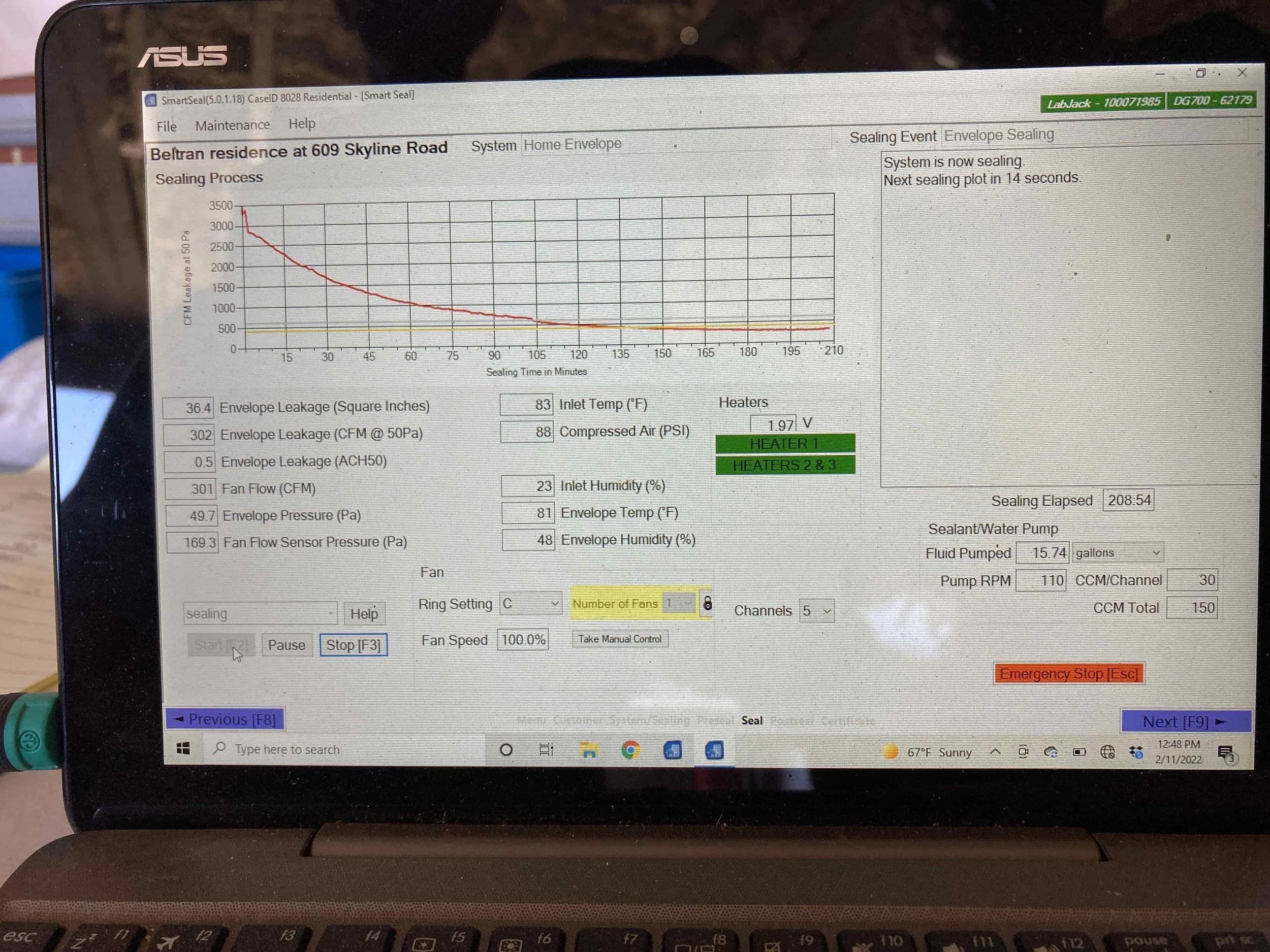Making Cities More Human, Equitable, Convenient, and Healthy
A new concept of urban planning and redevelopment is gaining popularity: the 15-minute city. All basic needs — fresh food, schools, offices, banks, gyms, health care facilities, parks, shops, and a variety of entertainment — would exist within a 15-minute walk or bike ride from your home or apartment. Paths and streets would be safe, tree-shaded, and mostly car-free. One or more public transit stops would be within this radius to connect to other neighborhoods and parts of the metropolitan region.
C40, a network of the world’s megacities committed to addressing climate change, has adopted this planning concept as a key strategy in reducing pollution, GHG emissions, and social inequities. Portland, Madrid, Seattle, Milan, Edinburgh, and several Chinese cities are incorporating the core elements of the 15-minute city:
Make available essential goods and services, especially fresh food and health care
Include housing of different sizes and levels of affordability (convert former office buildings to housing)
Locate frequent and reliable public transit connections nearby
Invest to make walking and biking the determinant of scale, not the automobile
Create attractive streetscapes; pocket parks; and safe, designated bikeways
Promote mixed-use buildings, telecommuting, and digitalization of services. Strengthen access to technology to reduce the need for commuting
Prioritize government investment in underserved and lower-income neighborhoods and encourage businesses and nonprofits to follow suit
Paris is the city that has moved the fastest and furthest in implementing the 15-minute city. It began some years ago as an early adopter of large-scale, city-wide bike sharing. In 2016, two major car arteries along the river Seine were closed to vehicles and turned over to pedestrians. Paris’s mayor, Anne Hidalgo, has implemented an ambitious plan to restrict cars on many streets while increasing infrastructure for walking, cycling, and people-oriented economic development. The city is completing 1,000 kilometers of bike paths, and 60,000 parking spots for private cars are being eliminated on streets to make a bike lane possible on every street.
Paris is increasing green spaces, encouraging urban agricultural projects, and advocating using schools, libraries, and other public spaces for multiple purposes, even during off-hours. Paris has been more people-centrist than most cities, with abundant sidewalk cafés, squares, fountains, bridges, and green spaces. Implementing the 15-minute city concepts will strengthen its mosaic of walkable neighborhoods that meet the domestic, professional, and entertainment needs of residents. A key is mixing as many different activities as possible in an area.





